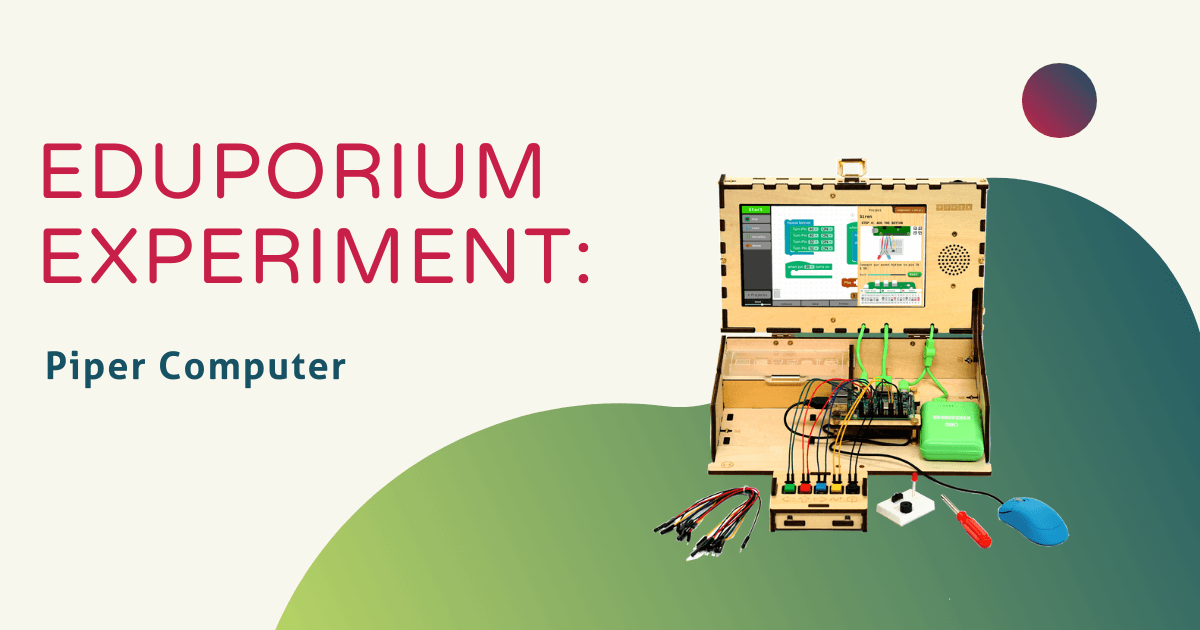A couple of weeks ago, we experimented with the pi-top, an innovative DIY computer that teaches students all about coding while they build essential maker skills and a new machine to surf the Web and play games. But, the pi-top isn’t the only build-it-yourself computer on the market these days! As the Maker Movement snowballs in popularity, innovators are starting to wholly buy in to the idea that students need to learn not only in software skills, but hardware skills as well. This is where Piper, the wooden, kid-friendly, DIY laptop kit comes in and shines.
When taking the Piper out of the box, the first thing I noticed was the body of the computer itself—it’s made of beautifully cut wood and inlaid with really delicate, cool engravings of the kit’s parts and other illustrations! A lot of my time outside work is spent in theaters and I’ve actually helped build a lot of sets out of wood, so it was really cool to see a material I was so used to working with being used in such an innovative and future-facing kind of way.
Moving into the electronics and computer assembly, I was excited to see a very real looking and complex engineering diagram. It was so large it took up an entire desk, and it laid out in very clear instructions the proper way to assemble the Piper laptop in a step-by-step way. I thought this was a very neat approach to the problem of giving clear, easy-to-follow instructions while still making it challenging enough for students to have to figure out on their own. Plus, being able to read an engineering diagram is a great skill to have at a young age and the minds at Piper say that they have worked to make the instructions as similar to a real, “working world” engineering plot as possible. Talk about getting in on the ground floor!
Working on assembling Piper does, of course, take some time. There are a lot of small electronic pieces that need to be handled with care, but the bright colors and engaging instructions help the time fly by. Once the Piper laptop is assembled, we can look forward to playing a Raspberry Pi-based educational version of every kid’s favorite video game, Minecraft, learn to code with Scratch, and much, much more!
Another thing I like about this little computer is that it’s perfectly capable of being used as a general PC as well. It comes with a Web browser and powerful software kids can use to create documents, presentations, and spreadsheets. It’s the perfect machine for a young, on-the-go maker and it’s pretty fun to build!
If you have any products you’d like to see featured on the Eduporium Experiment, let us know by sending a message on Twitter or Facebook.



